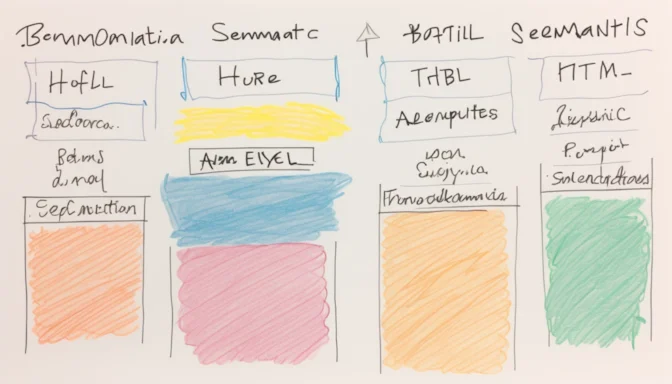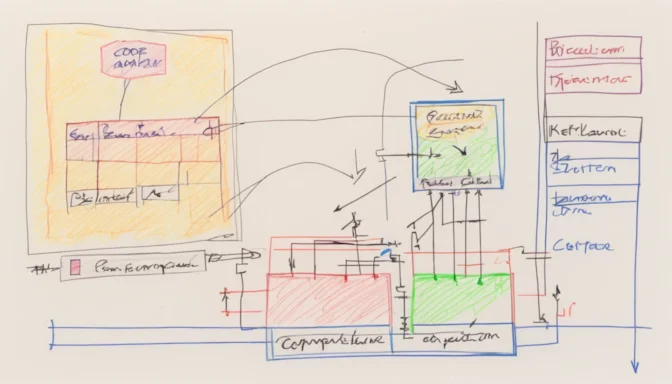What is Semantic HTML and How Does it Differ from HTML?

Semantic HTML imparts meaningful structure to web content through tags that relay specific information to both browsers and developers. This contrasts with standard HTML, where generic tags like <div> and <span> don't convey any specific meanings. Semantic elements like <form>, <table>, and <article> render the web page more intelligible for search engines and assistive technologies.
Examples of Semantic HTML Elements

Examples of semantic elements include tags like <form>, <table>, and <article>, which explicitly define the nature of their content. For example, the <main> element designates the core content of a web page, thereby enhancing its structure and readability.
Why is Semantic HTML Better?
Employing Semantic HTML boosts both SEO and accessibility. Although it doesn't serve as a direct ranking factor, semantic markup significantly aids search engines in understanding the content. This optimization benefits all users, especially those with disabilities.
Practical Reasons to Use Semantic HTML

Semantic HTML not only enhances search engine performance but also promotes greater accessibility and a superior user experience. Additionally, it makes code maintenance simpler for developers, thereby contributing to a more scalable and robust website.
Do Developers Regularly Use Semantic HTML?

Absolutely, developers are increasingly adopting Semantic HTML for its structured framework in web design. It streamlines content interpretation for search engines, elevates accessibility levels, and eases the burden of site maintenance.
The Importance of Semantics in Programming

In the programming realm, semantics refer to the set of rules that elucidate the meaning of various program elements. Much like Semantic HTML clarifies web content, programming semantics direct a computer's execution of a particular program, making the code more purposeful and effective.
 E-Commerceo
E-Commerceo
